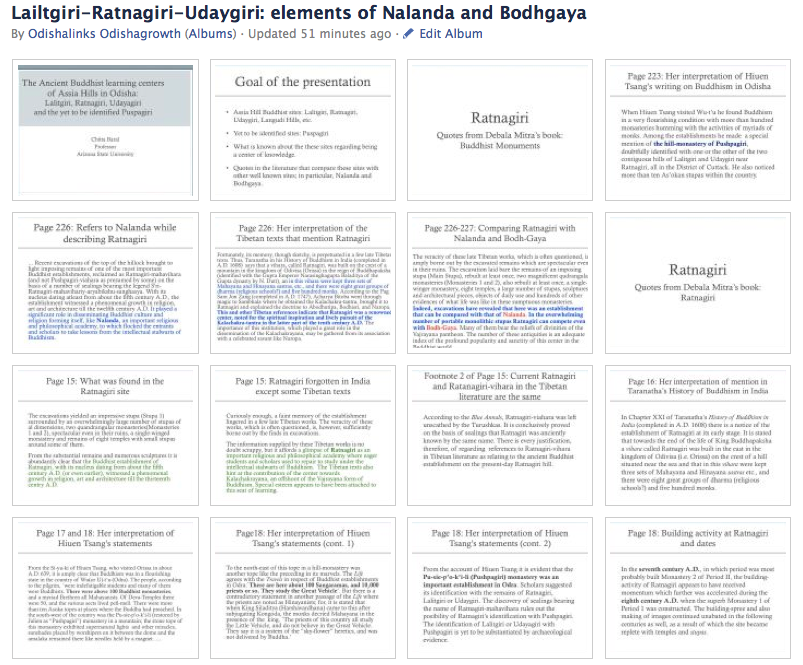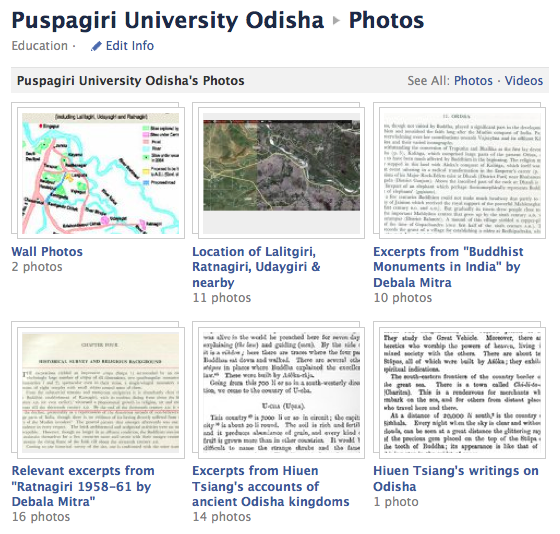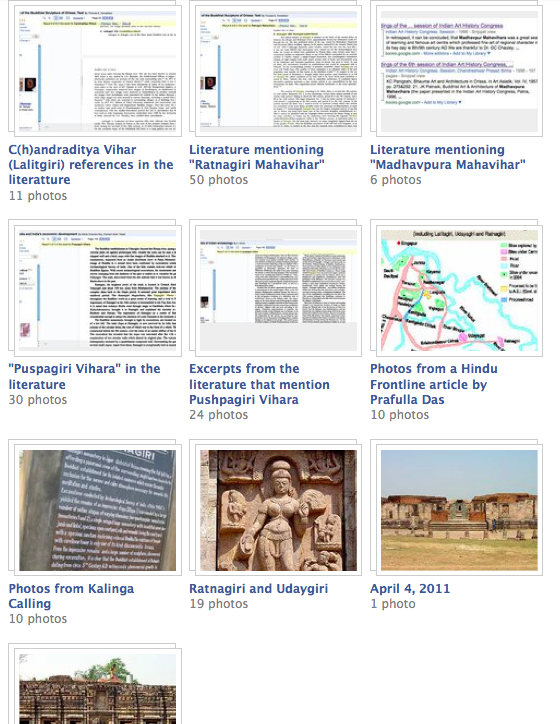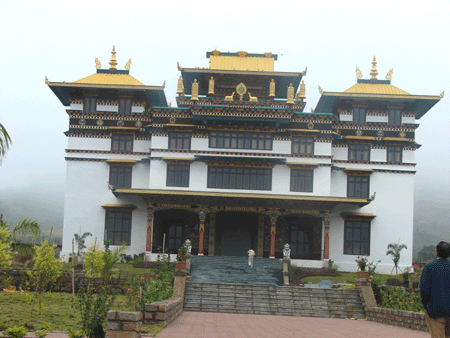List of museums in and around Bhubaneswar
Arts village, Bhubaneswar- Cuttack- Puri, Cuttack, Dhenkanal, Heritage sites, Khordha, Lalitgiri-Ratnagiri-Udaygiri, Monuments, Museums, Puri 1 Comment »Following is a list of museums and ASI ticketed monuments in and around Bhubaneswar:
- Odisha State Museum, Bhubaneswar. (branch museums at: Puri, Dhenkanal, Salipur, Khiching, Baripada, Balasore, Nuapara, Bhawanipatna, Balangir, Jeypore, Baragarh and Koraput)
- Museum of Tribal Arts and Artifacts, Bhubaneswar.
- Regional Museum of Natural History (RMNH), Bhubaneswar.
- Regional Science Center, Bhubaneswar
- Handloom and Handicrafts museum, Bhubaneswar (being set up)
- ASI Museum in Konark.
- ASI Museum in Ratnagiri.
- ASI Museum in Lalitgiri (being constructed)
- ASI Ticketed Monuments (Konark, Udaygiri and Khandagiri caves, Rajarani temple, Lalitgiri, Ratnagiri)
- Srikhetra Culture Museum, Puri (being constructed)
- Dhenkanal Science Center. (Kapilas Science Park.)
Following is a list of live museums in and around Bhubaneswar:
- Nandan Kanan, Barang
- State Botanical Garden, Barang
- Regional Plant Resource Center (Ekamra Kanan), Bhubaneswar (with a cactus garden, arboretum, orchidarium, bamboosetum, wild fruit garden and palmetum)
- Medicinal plant garden, Patrapada, Bhubaneswar
- Jayadev Vatika, Kenduvila (30 kms from Bhubaneswar)
- Jayadev batika at Khandagiri.
- Ekamra Vana (Medicinal plant garden), around Bindu sagar lake, Bhubaenswar
- Various parks in Bhubaneswar.
- Aquarium at Nandan Kanan.
- Aquarium at CIFA, Bhubaneswar
- Aquarium, Puri (planned)
Others:
- Sudarshan Sand art institute, Puri.
- Raghurajpur artisan village.
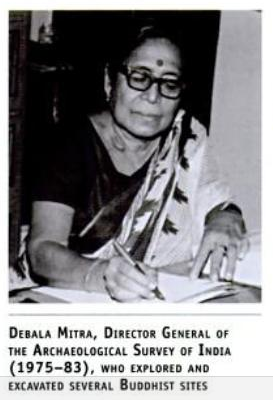 Mrs. Mitra was the Director General of the Archaeological Survey of India (1975-1983) [
Mrs. Mitra was the Director General of the Archaeological Survey of India (1975-1983) [